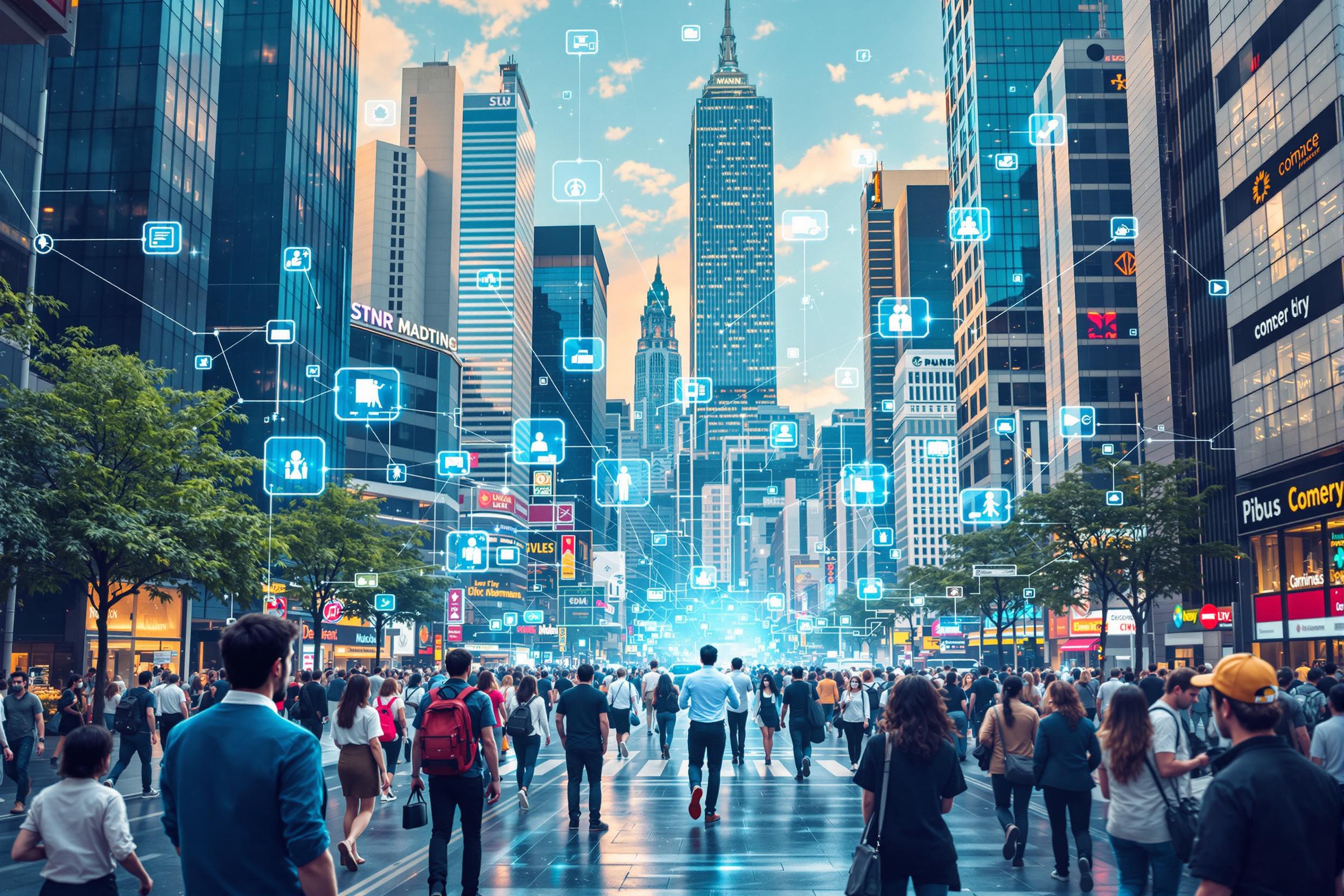
Distributed Generation
Distributed Generation refers to producing electricity at or near where it will be used, instead of relying on large power plants. Think of it like having many small power sources (such as solar panels on rooftops or small wind turbines) spread across many locations, rather than one big power plant. This approach helps make power supply more reliable and environmentally friendly. It's becoming increasingly popular as companies and communities look for more sustainable and independent ways to generate power. When you see this term in resumes, it often relates to projects involving solar installations, microgrids, or local power generation systems.
Examples in Resumes
Managed implementation of Distributed Generation projects totaling 5MW across multiple commercial sites
Designed Distributed Generation solutions incorporating solar and battery storage systems
Led team responsible for DG system maintenance and monitoring
Developed feasibility studies for Distributed Energy Resources implementation
Typical job title: "Distributed Generation Engineers"
Also try searching for:
Where to Find Distributed Generation Engineers
Professional Organizations
Online Communities
Job Boards
Example Interview Questions
Senior Level Questions
Q: How would you approach planning a large-scale distributed generation project for a commercial client?
Expected Answer: Look for answers that discuss assessing client needs, site evaluation, power requirements, budget considerations, and understanding local regulations. They should mention coordinating with utilities and managing multiple stakeholders.
Q: What factors do you consider when designing a microgrid system?
Expected Answer: Should discuss power reliability needs, renewable integration, energy storage options, cost considerations, and how to balance different power sources. Experience with actual project implementation is valuable.
Mid Level Questions
Q: Can you explain how distributed generation helps with grid reliability?
Expected Answer: Should be able to explain in simple terms how local power generation reduces strain on the main grid and provides backup power during outages. Look for practical examples from their experience.
Q: What experience do you have with energy storage integration in DG projects?
Expected Answer: Should demonstrate understanding of battery systems, how they complement renewable energy sources, and basic project implementation experience.
Junior Level Questions
Q: What are the basic components of a distributed generation system?
Expected Answer: Should be able to describe main elements like power sources (solar panels, generators), inverters, and connection to the grid in simple terms.
Q: What safety considerations are important in distributed generation projects?
Expected Answer: Should show awareness of basic electrical safety, emergency shutdown procedures, and standard safety protocols for power systems.
Experience Level Indicators
Junior (0-2 years)
- Basic understanding of electrical systems
- Familiarity with renewable energy technologies
- Knowledge of basic safety procedures
- Ability to read system diagrams
Mid (2-5 years)
- Project implementation experience
- Understanding of energy storage systems
- Knowledge of local energy regulations
- Experience with system monitoring
Senior (5+ years)
- Complex project management
- Advanced system design capabilities
- Regulatory compliance expertise
- Team leadership experience
Red Flags to Watch For
- No understanding of basic electrical concepts
- Lack of safety awareness
- No experience with renewable energy technologies
- Unable to explain project implementation process
- No knowledge of relevant regulations and standards
Related Terms
Need more hiring wisdom? Check these out...

Remote Hiring Playbook: Building High-Performing Distributed Teams

Workforce Solutions Aggregators: The Next Big Thing You Didn't Know You Needed

How Internal Gig Marketplaces Revolutionize Employee Development

